Topos is a must-have for successful landscape architects, planners, urban designers and architects all over the world.The monothematic issues provide a global overview of innovative projects, new developments and trends in the profession. Be part of the worldwide community of Topos readers!
MICROBIOLOGICAL LANDSCAPES
Human Intervention
“BLACK LIVES MATTER IN LANDSCAPES.”
Paolo L. Bürgi
Cornelia Hahn Oberlander
Accra
Wrap it (up) in Green
Deep Green • It is timely in the Anthropocene, and even more so during a global pandemic, to search for a non-anthropocentric mode of reasoning, and consequently also of designing. Adapting to a post-coronavirus world means re-designing our society from the point of view of the viral ecosystems that are now inhabiting it. From this new perspective, nature appears as disconnected from its picturesque image and becomes hardwired into the complex infrastructures and non-linear digital processes that drive organisation in contemporary cities, the so-called Urbansphere. How does green technology evolve in a creative framework unburdened by dualistic or picturesque notions of the human and the natural?
Deep Impact • With human populations increasing, there is a cumulative impact on global ecosystems, and nowhere do these impacts overlap as much as they do in cities. The urban environment is about as intense as it gets, and the natural creatures and plants that live side-by-side with us must adapt to a whole suite of perplexing conditions. Behavioral changes have shown the ability of species to adapt to city developments and technologies. However, it is to humans to implement techniques such as Animal-, Plant- or Insect-Aided Design to mitigate the stress on urban non-human species.
Solar Cities • The effective use of solar energy stimulates the development of liveable and sustainable cities. Solar cities began to receive attention from architects, engineers, urban designers, geographers and entrepreneurs ever since photovoltaic systems became competitive due to an increase of solar transition efficiency and a decrease of cost. The significance of using solar energy lies not only in generating green electricity with zero emission but also in creating significant social and economic impacts through the ways it is used.
“I call for a little more common sense in planning” • What are the requirements that architecture and cities will have to meet in future? How will we build, particularly in urban areas, as it gets hotter and hotter as the climate changes? An answer is offered by KlimaEngineering, which stands for climate responsive design and construction that takes the interdependence of climate, architecture and technology into consideration. topos recently had the opportunity to talk to Thomas Auer, Professor of Building Technology and Climate Responsive Design at the Technical University of Munich (TUM) and partner in the company Transsolar Energietechnik. We asked him about KlimaEngineering and his contribution to the Urbainable – Stadthaltig exhibition at the Akademie der Künste in Berlin. Further topics included common sense in building work, robustness in architecture and why low-tech is the new high-tech.
Upstairs New York • New York City is one of the most densely populated places on earth and continues to spread and grow in height, whilst offering the lowest amount of green square feet per capita in the United States. Sparked by new laws governing future roof uses for environmental benefit, the architects Sebastian Bernardy and Vincent Meyer Madaus are looking at the transformation that is taking place above our heads, postulating a shift in thinking about roof spaces and their ecological and recreational opportunities. Using a visual projection, they uncovered how the building top would provide the infrastructure for solutions in...
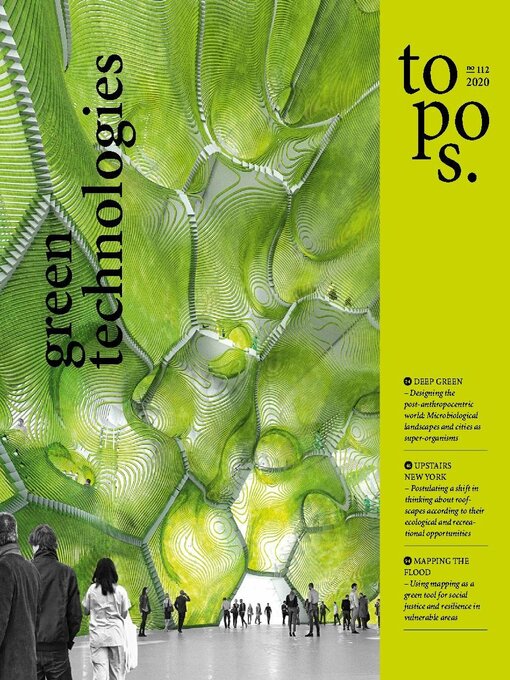
 N. 130
N. 130
 N. 129
N. 129
 N. 128
N. 128
 N. 127
N. 127
 N. 126
N. 126
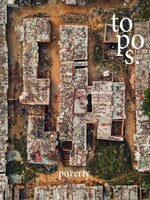 N. 125
N. 125
 N. 124
N. 124
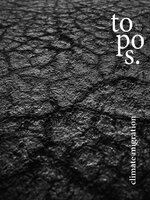 N. 123
N. 123
 N. 122
N. 122
 N. 121
N. 121
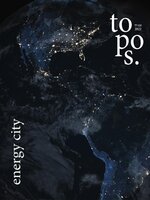 N. 120
N. 120
 N. 119
N. 119
 N. 118
N. 118
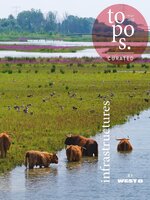 N. 117
N. 117